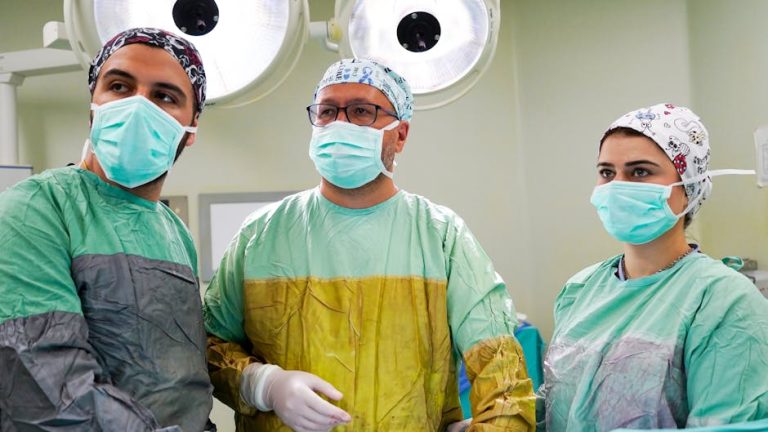AI in Education: Enhancing Arts Education 🎨
The intersection of artificial intelligence (AI) and education is a topic generating much buzz lately, particularly in the arts. As technology evolves, it offers new ways to teach, learn, and create. Let’s explore how AI is transforming arts education and what it means for students and educators.
Table of Contents
1. Introduction
2. The Role of AI in Arts Education 🎭
3. Benefits of Integrating AI into Arts Classrooms 🌟
4. Challenges and Considerations 📚
5. Conclusion: A New Era for Arts Education 🚀
6. FAQs
The Role of AI in Arts Education 🎭
AI is revolutionizing arts education by providing tools that enhance creativity and innovation. From AI-driven music composition to virtual reality art installations, the possibilities are endless. AI algorithms can analyze artistic styles, suggest improvements, and even generate art, offering students new ways to engage with their passions.
Benefits of Integrating AI into Arts Classrooms 🌟
Integrating AI into arts education brings numerous benefits:
1. Personalized Learning: AI can tailor lessons to individual learning styles, helping students grasp complex concepts at their own pace.
2. Enhanced Creativity: By automating tedious tasks, AI allows students to focus more on the creative aspects, such as conceptualizing and designing.
3. Access to Resources: AI provides access to vast databases of art history, techniques, and styles, broadening students’ exposure beyond traditional curricula.
Challenges and Considerations 📚
While AI offers exciting opportunities, it also presents challenges:
1. Technical Limitations: Not all schools have access to the necessary technology, potentially widening the educational gap.
2. Creativity vs. Automation: There’s a delicate balance between using AI to enhance creativity and allowing it to overshadow the human element in art.
3. Ethical Concerns: Questions around copyright and the originality of AI-generated works need careful consideration.
Conclusion: A New Era for Arts Education 🚀
AI is undeniably reshaping arts education, offering exciting new tools for both teachers and students. As we continue to explore these innovations, it’s crucial to balance technological advancements with the core values of artistic expression. By doing so, we can ensure a rich, dynamic educational experience that prepares students for the future.
FAQs
1. How can AI improve the learning experience in arts education?
AI can personalize learning, provide resource access, and automate mundane tasks, allowing students to focus on creative expression.
2. Are there any risks of relying too much on AI in arts education?
Yes, over-reliance could diminish the human creative process and widen educational gaps due to unequal access to technology.
3. What are some examples of AI tools used in arts education?
Examples include AI-driven music composition software, digital art platforms with AI analysis, and virtual reality tools for immersive learning experiences.
As we embrace these technological advancements, the key is to use them as tools to enhance, not replace, the irreplaceable human touch in art. 🎨

